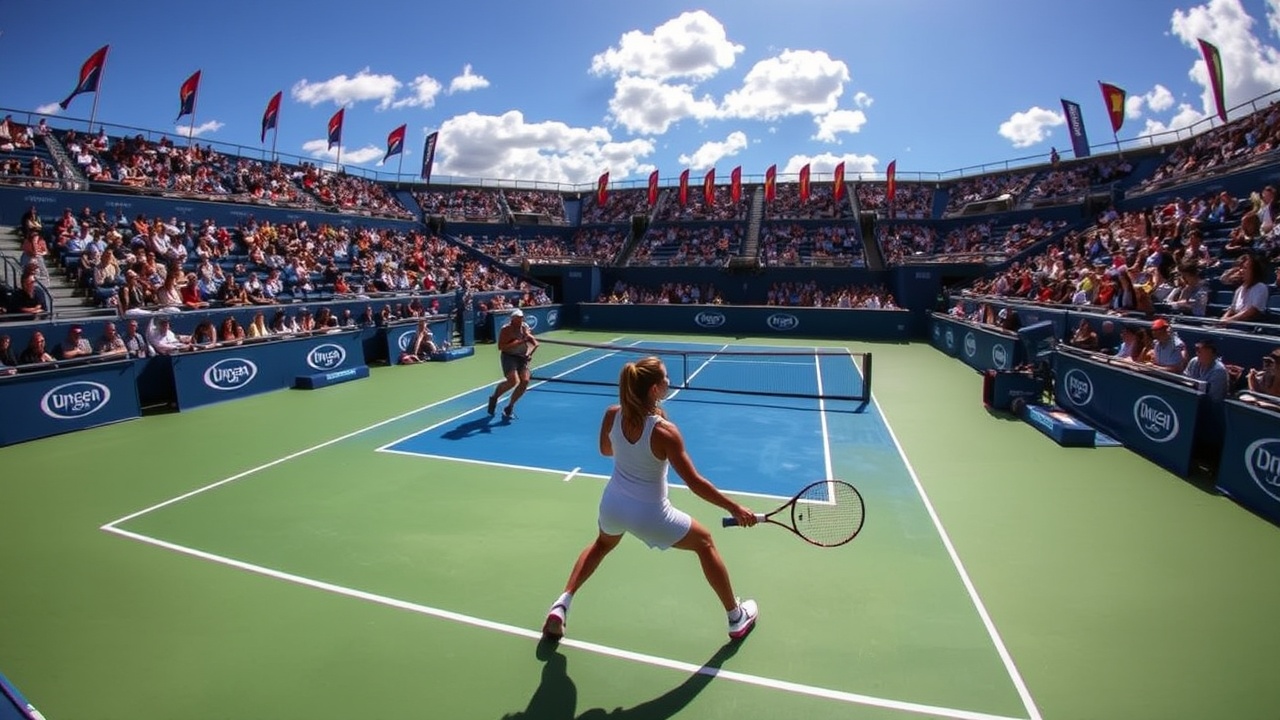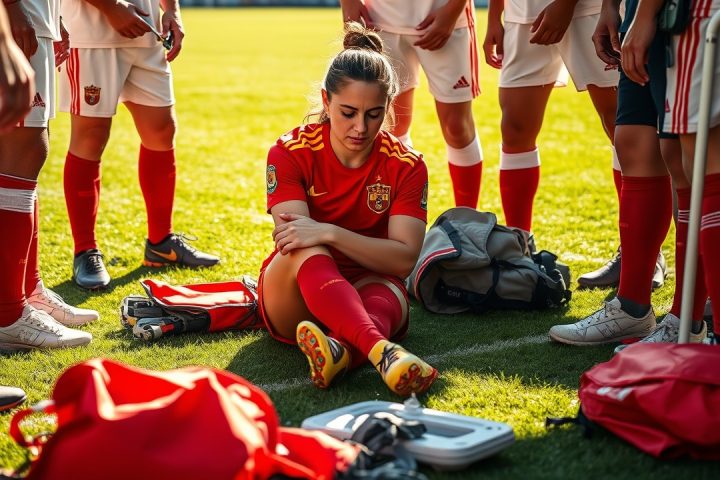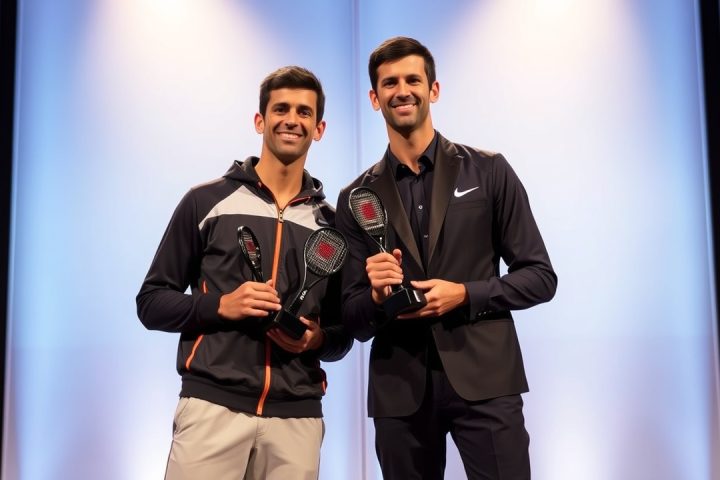The US Open Mixed Doubles Revolution
The US Open is set to revolutionize its mixed doubles event with an unprecedented format that amalgamates celebrity pairings, heightens prize funds, and stirs intrigue. This anticipated tournament begins Tuesday in New York, drawing more attention than ever before.
New Format and Structure
Traditionally, mixed doubles take place alongside the main tournament and culminate on the last weekend. However, this year’s competition is condensed into just two days, aligning with the qualifying rounds. Unlike past formats, where matches were often relegated to less prominent courts, this year all matches will take place on the premier Arthur Ashe and Louis Armstrong stadiums at the USTA National Tennis Center, a significant upgrade designed to elevate the experience for both players and spectators.
Another departure from tradition involves the criteria for participation. While competitors usually entered based on their doubles rankings, this year singles rankings will determine eligibility and seeding. This strategic shift allows higher-profile players to participate more readily. Historically, many top-ranking singles players, particularly in the men’s category, have been hesitant to risk their tournament careers by engaging in mixed doubles. By shifting the event to pre-main draw week, the US Open has made it easier for elite players to compete.
Two-time US Open semifinalist Frances Tiafoe noted the appeal of this change, stating, “It’s an opportunity to play in front of enthusiastic audiences on Ashe and to enjoy some fun matches before the serious competition begins. I’m already going to be in New York for media obligations, so why not earn some extra income?”
Illustrious Participant Line-Up
This year’s draw is notably illustrious, featuring an impressive 10 major singles champions among 16 pairs, collectively owning a staggering 54 Grand Slam titles. The participant list includes both directly seeded players, whose combined singles ranks earned them an automatic spot, and wild card entries, maintaining that all teams are formidable contenders for the title.
Direct Entries:
- Jessica Pegula and Jack Draper
- Iga Swiatek and Casper Ruud
- Elena Rybakina and Taylor Fritz
- Amanda Anisimova and Holger Rune
- Belinda Bencic and Alexander Zverev
- Mirra Andreeva and Daniil Medvedev
- Madison Keys and Frances Tiafoe
- Karolina Muchova and Andrey Rublev
Wild Cards:
- Olga Danilovic and Novak Djokovic
- Emma Raducanu and Carlos Alcaraz
- Katerina Siniakova and Jannik Sinner
- Taylor Townsend and Ben Shelton
- Venus Williams and Reilly Opelka
- Sara Errani and Andrea Vavassori (defending champions)
- Naomi Osaka and Gael Monfils
- Caty McNally and Lorenzo Musetti
It’s important to note that the line-up remains fluid, with potential last-minute withdrawals due to ongoing player commitments, such as those who might be competing in the Cincinnati finals shortly before the US Open kicks off. These changing alliances have added an element of uncertainty as players come and go. Alcaraz expressed his excitement, saying he looks forward to teaming up with Raducanu, highlighting a fun spirit of competition:
“I’m eager to see how this pairing will work out. I think it’s a fantastic opportunity for both of us.”
Match Structure and Prize Money
The tournament will introduce a revised match structure over its two-day span, starting Tuesday at 11 a.m. ET with the initial rounds and wrapping up with the semifinals and finals on Wednesday. Matches will adopt a best-of-three sets format, but a team will only need to win four games for a set victory, and a tiebreak will decide any sets tied at four games each, using no-advantage scoring. In the final, the structure shifts back to the traditional six-game requirement for sets with a 10-point tiebreaker as a deciding mechanism for a split.
Veteran player Venus Williams conveyed her enthusiasm for this fresh approach, noting, “I embrace innovation in our sport. I think it’s an intriguing opportunity to see how this format will unfold. Although I’m not accustomed to winning just four games, I’m more than ready to adapt.”
Beyond the novel structure, it’s worth noting the substantial monetary incentive for participants. The champions will split a hefty $1 million prize—an $800,000 jump from previous years. For comparison, winners at recent Grand Slams received significantly lower amounts. However, some doubles specialists express concerns about the event. Notably, doubles experts Townsend and Shelton participated last year, while Errani and Vavassori are the only returning champions from 2024’s tournament, making their position holders amid an influx of singles stars who have joined. Siniakova and other seasoned players have critiqued the selection process, pointing out that it failed to include elite doubles players in favor of singles competitors.
Despite mixed sentiments, the buzz surrounding this innovation indicates a considerable level of interest and excitement, suggesting this event might not just be viewed as a side attraction but as a legitimate highlight of the US Open calendar.




